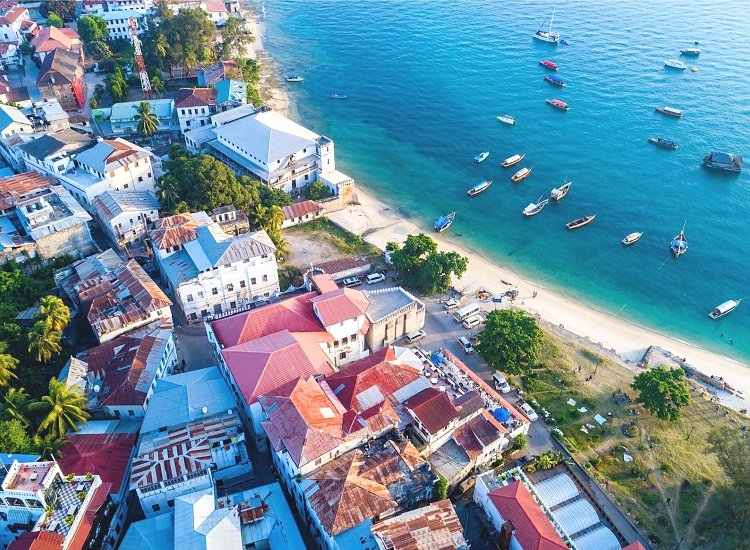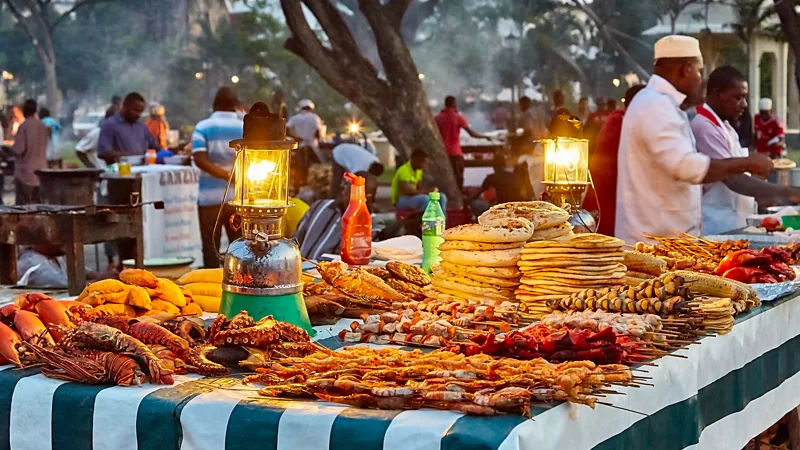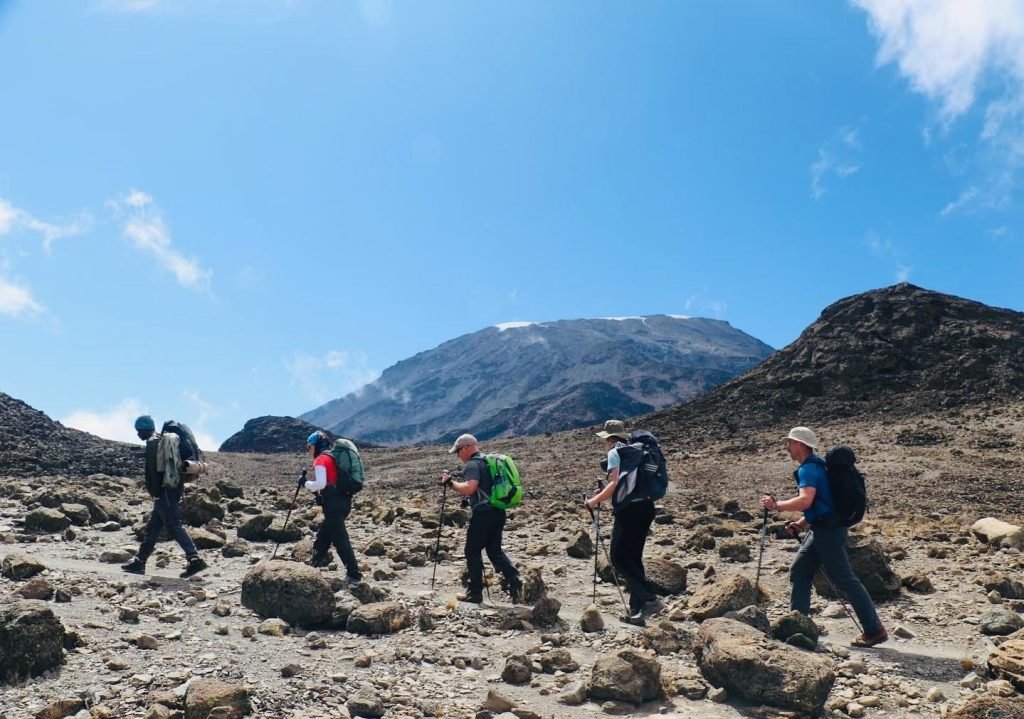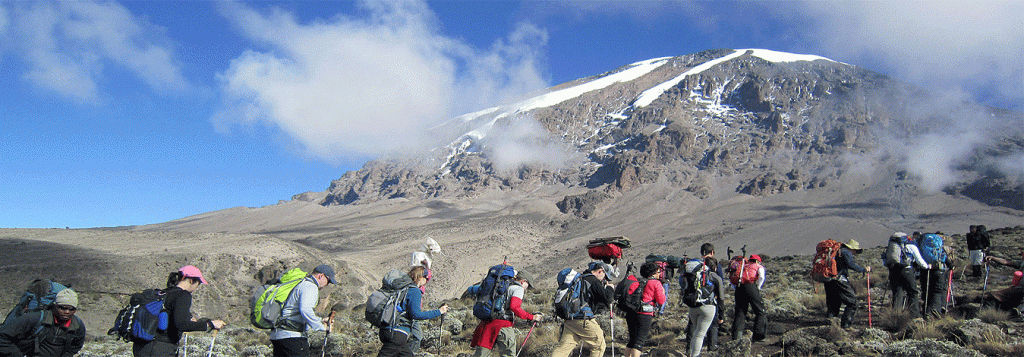Tanzania is one of the most celebrated safari destinations in the world, renowned for its vast national parks, diverse wildlife, and spectacular natural events such as the Great Migration. While Tanzania offers extraordinary safari experiences year-round, the timing of your visit can greatly influence what you see, the weather you experience, and the overall feel of your trip.
Here’s a detailed guide to help you choose the best time for your Tanzanian safari.
Understanding Tanzania’s Safari Seasons
Tanzania’s climate is defined by two main seasons: the dry season and the wet season. Each season brings its own advantages and unique wildlife experiences.
1. The Dry Season (June to October) – Peak Safari Time
If you’re looking for the quintessential safari experience with abundant wildlife sightings and comfortable weather, June to October is widely considered the best time.
Why Visit During the Dry Season:
- Prime Wildlife Viewing: Animals gather around water sources, making them easier to spot in open landscapes.
- The Great Migration (Serengeti): From June to July, wildebeest and zebra are often seen crossing the Grumeti River, while August to October brings the dramatic Mara River crossings in the north.
- Pleasant Weather: Days are sunny, and humidity is low, making game drives comfortable.
Ideal Parks to Visit:
- Serengeti National Park (Great Migration)
- Ngorongoro Crater (dense wildlife year-round)
- Tarangire National Park (elephant concentrations)
2. The Green Season (November to May) – A Photographer’s Paradise
Also known as the wet season, this period offers lush, green landscapes, fewer tourists, and excellent birdwatching opportunities.
Why Visit During the Green Season:
- Calving Season: From late January to February, the southern Serengeti becomes the birthing ground for thousands of wildebeest calves — a fascinating spectacle that also attracts predators.
- Fewer Crowds: Enjoy a more intimate safari experience with fewer vehicles at sightings.
- Lower Rates: Many lodges and camps offer discounted rates.
Weather Notes:
- Short Rains: November to early December – brief afternoon showers but plenty of sunshine.
- Long Rains: March to May – heavier rains, some camps close, and certain roads can be muddy.
Ideal Parks to Visit:
- Southern Serengeti & Ndutu (calving season)
- Lake Manyara National Park (birdlife and tree-climbing lions)
- Selous Game Reserve (lush scenery and boating safaris)
Quick Safari Timing Guide
| Month | Highlights | Best For |
|---|---|---|
| Jan–Feb | Wildebeest calving season in Ndutu | Predators, photography |
| Mar–May | Long rains, lush scenery | Birdwatching, low crowds |
| Jun–Jul | Grumeti River crossings | Big game, classic safaris |
| Aug–Oct | Mara River crossings | Dramatic wildlife action |
| Nov–Dec | Short rains, fresh greenery | Birdlife, budget-friendly |
Final Thoughts
There is no single “perfect” time for a Tanzanian safari — it depends on what you want to experience.
- For action-packed wildlife scenes and river crossings, aim for June to October.
- For green landscapes, newborn animals, and fewer tourists, the November to May period is ideal.
Whether you choose the bustling excitement of peak season or the quiet beauty of the green season, Tanzania will reward you with unforgettable encounters and breathtaking landscapes.





